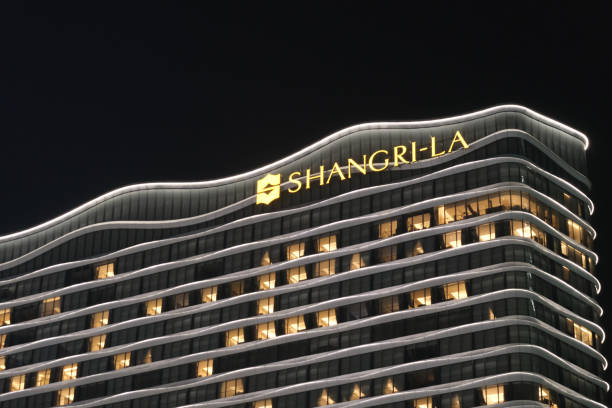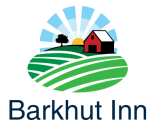
With the explosion in accommodation options, the definitions of the industry have changed. Business travelers are no longer limited to “traditional” hotels when booking a trip. Private apartments are available all over the city. They consider serviced apartments and apartments. They may believe “coliving” spaces that offer private quarters, dedicated workstations, and networking opportunities they wouldn’t otherwise have had.
What is the idea behind HTML0?
In a hotel with multiple brands, guests can choose to stay in one or the other property. Their experience will be unique. Each brand may be located on different floors or in separate wings, but they are still distinct. The majority of current multi-branded properties feature two brands, usually from the same company. However, this is changing. In Chicago, there is a property with 664 rooms that includes a Fairfield Inn Marriott (Marriott), a Hyatt Place Hyatt Hotels (Marriott/Starwood Hotels & Resorts), as well as an Aloft Marriott/Starwood Hotels & Resorts (Marriott/Starwood Hotels & Resorts). All three properties are managed by the same white-label company under franchise agreements, but the challenges remain the same.
What are these companies attempting to achieve? What are these companies getting away with?
Multi- or rebranded hotels share infrastructure in order to increase efficiency. Companies that are moving into this area (the new Novotel Ibis tower in Melbourne, for example) are not interested in merging brands or creating identical experiences for guests. They are not looking for novelty in an age of increasing choices.
First, there is a lower barrier to entry into new developments. The first advantage is that there are fewer barriers to entry for further development.
After the properties have been up and running for a while, the benefits shift to the back-of-house. What you get is two boutiques side-by-side with shared resources and operations. These include housekeeping, maintenance, and food and beverage. The lobby is usually distinct. However, new models appear all the time.
More competitive or less?
Multi-branding can seem counterintuitive from a competitive perspective, especially if the brands are not the same. Multi-branding is a clever way to allow both brands to compete in local markets. Low overheads mean new facilities can be built with less capital. A smaller number of rooms allows for better inventory control. The mere presence of multi-branded properties may discourage other developers from trying to compete in the same area.
The multi-branding strategy also conveys (at least conceptually or emotionally) the message that neither hotel is “frightened” by guests’ choices. The brands are confident in their offerings while encouraging guests to visit the other lobby to book at the other hotel the next time. It may not be obvious, but the idea of having two brands in a single development is to encourage guests to book at both hotels. This diffuses any sense of competition (even if there is some) and seems to focus on guest experience and value.
Multi-branding also gives a greater sense of individuality and boutique sensibility. This growing trend is akin to AirBnb, where flexibility and regional flavor are paramount.
Pitfalls
Multi-branding, like all innovations in our industry, is not a panacea. Commentators note that the stronger global economy is fueling the trend. This allows multiple brands to maintain their distinct identities and charge different prices within the same property. In a weaker economy, this might not be true. The price points of two or more brands could be the same, making it difficult to make a deal.
There is also the possibility that GMs will clash or feel like the other brand has been favored either by the upper management or owners. This is an important conversation in itself and highlights the need to proceed with caution.
Multi-branding in the age of AirBnb is a clever move.
Important Information





